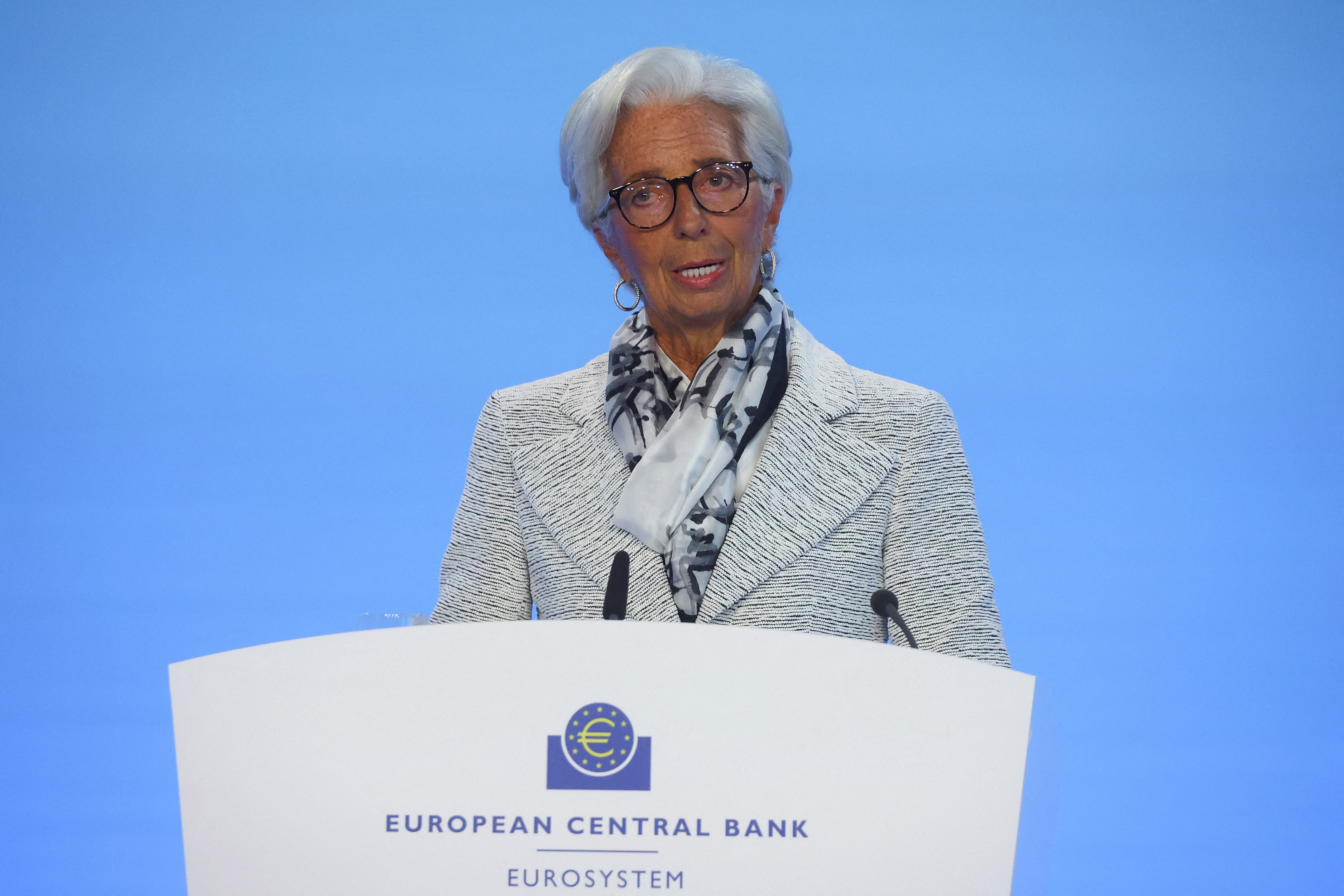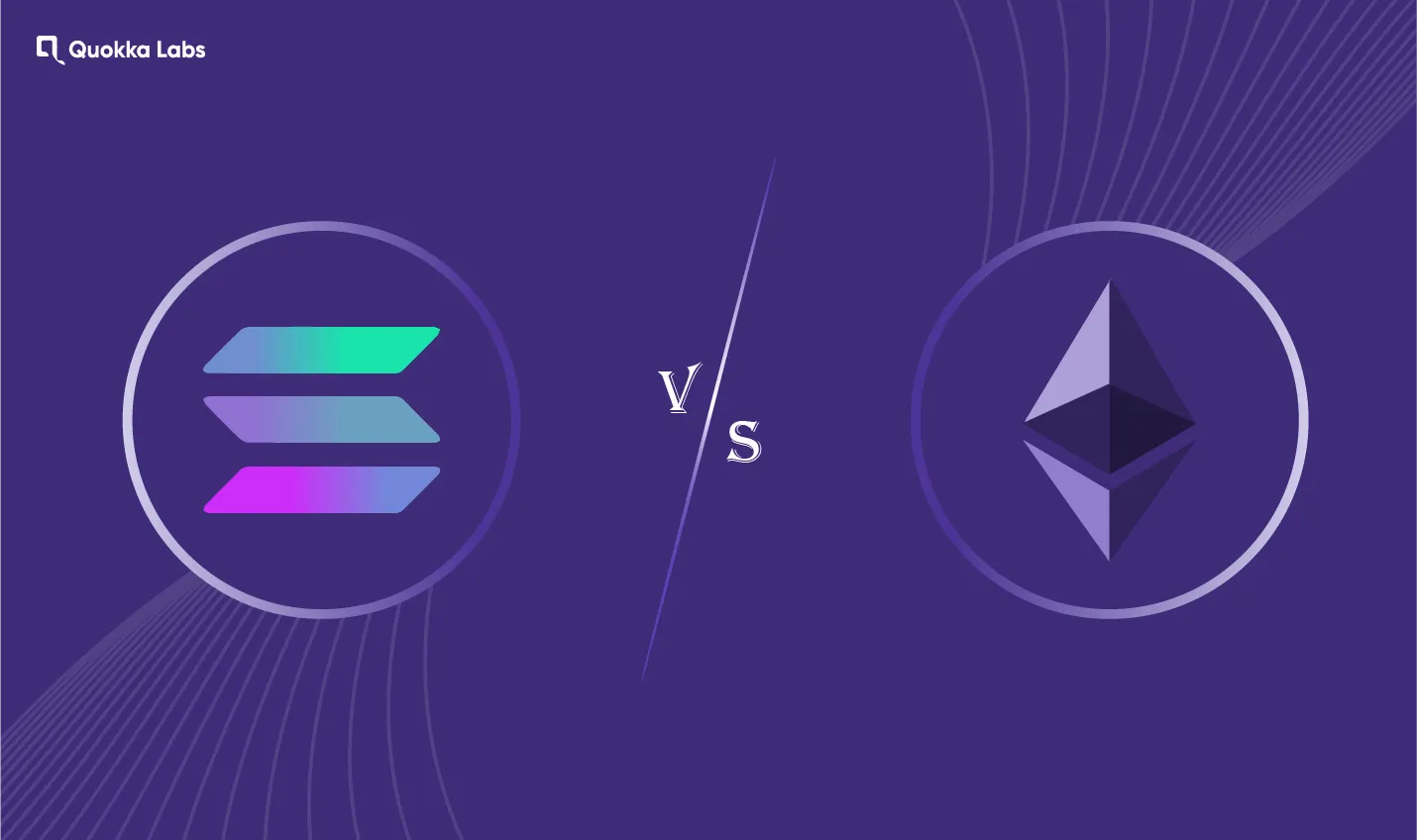
EU Speeds Up Digital Euro Plans After US Stablecoin Law, May Use Public Blockchains Like Ethereum
Europe's Digital Currency Awakening: How American Stablecoin Dominance Forced a Blockchain Reckoning
FRANKFURT, Germany — European Union officials are accelerating plans for a digital euro and considering a fundamental shift in its technical architecture. The renewed urgency follows the United States' enactment of comprehensive stablecoin legislation that has intensified concerns about European competitiveness in digital payments.
In a notable departure from previous expectations, officials are now considering running a digital euro on public blockchain networks such as Ethereum or Solana, rather than the private blockchain infrastructure that had been anticipated. This consideration represents a significant policy recalibration as European monetary authorities respond to America's regulatory embrace of dollar-backed digital currencies.
The catalyst for this reassessment was the July 18, 2025 passage of the GENIUS Act (S.1582), which created the world's first comprehensive federal framework for "payment stablecoins." The legislation grants the Office of the Comptroller of the Currency oversight authority over federally licensed nonbank stablecoin issuers, mandates one-to-one reserve requirements, and crucially positions these instruments outside Securities and Exchange Commission jurisdiction.
A payment stablecoin is a type of cryptocurrency designed to maintain a stable value by being pegged to a real-world asset, like the U.S. dollar. This stability makes them ideal for businesses and consumers to use for fast, low-cost digital transactions without the price volatility common to other cryptocurrencies.
This regulatory clarity has removed compliance uncertainty that previously constrained USD stablecoin growth, creating what European policymakers now view as a competitive challenge to euro-denominated digital finance. Current market dynamics underscore these concerns: dollar stablecoins dominate crypto liquidity and usage globally, while euro-denominated digital currency activity remains comparatively minimal.
When Privacy Doctrine Meets Market Reality
The most striking aspect of Europe's emerging strategy lies in its counterintuitive embrace of transparency. Officials now argue that public blockchains—traditionally viewed as antithetical to privacy—could actually deliver superior data protection compared to proprietary systems where governance remains opaque.
Public blockchains are permissionless networks, allowing anyone to join and validate transactions. In contrast, private or permissioned blockchains restrict access to authorized members, offering businesses greater control over privacy and data governance.
This philosophical reversal reflects sophisticated analysis of how blockchain architecture can embed privacy protections at the protocol level while maintaining public auditability. Unlike traditional payment systems where privacy depends on institutional promises, public blockchain implementations can mathematically guarantee data minimization through cryptographic design.
"The assumption that private infrastructure automatically provides better privacy protection doesn't withstand technical scrutiny," noted one analyst tracking the ECB's evolving position. "Public chains offer verifiable privacy guarantees that proprietary systems simply cannot match."

ECB President Christine Lagarde has escalated her warnings about European financial sovereignty, repeatedly urging lawmakers to accelerate digital euro legislation. Her public statements increasingly frame the project as essential infrastructure for maintaining monetary policy effectiveness against the backdrop of foreign-dominated payment systems.
The American Catalyst That Changed Everything
The GENIUS Act's passage through Congress—approved 68-30 in the Senate and signed into law within weeks—provided regulatory clarity that European officials privately acknowledge they failed to anticipate. The legislation grants the Office of the Comptroller of the Currency oversight authority over federally licensed stablecoin issuers, mandates one-to-one reserve requirements, and crucially positions these instruments outside SEC jurisdiction.
This regulatory framework removes compliance uncertainty that previously constrained USD stablecoin growth, creating what European policymakers describe as an "existential challenge" to euro-denominated digital finance. Market data underscores their concerns: the euro's share of global stablecoin transaction volume has declined to approximately 3%, while USD instruments command over 85% of total activity.
Global stablecoin market share by currency, highlighting the dominance of USD-backed stablecoins compared to EUR and others.
| Currency Peg | Market Capitalization (USD) | Market Share | Dominant Stablecoins |
|---|---|---|---|
| US Dollar (USD) | ~$222.13 billion+ | ~99% | Tether (USDT), USD Coin (USDC), Dai (DAI) |
| Euro (EUR) | ~$482.05 million | ~0.2% | EURC, Stasis EURO (EURS), Euro Tether (EURT) |
| Other Currencies | <$1 billion | <1% | Tether Gold (XAUT), PAX Gold (PAXG) |
Industry analysis suggests the GENIUS Act could accelerate USD stablecoin adoption in traditional payment corridors, potentially cementing dollar dominance in digital commerce for decades. European officials view this prospect as fundamentally incompatible with monetary sovereignty aspirations.
Technical Architecture as Strategic Weapon
The consideration of Ethereum or Solana infrastructure represents more than technical preference—it signals European recognition that interoperability with existing digital rails may prove more strategically valuable than isolation within proprietary systems. Sources indicate that officials now view public blockchain adoption as essential for ensuring digital euro relevance in global markets.

Ethereum presents compelling advantages through its established developer ecosystem and recent scalability improvements. The Dencun upgrade's introduction of blob storage has dramatically reduced Layer 2 transaction costs, addressing previous concerns about network efficiency for sovereign currency applications.
Did you know? Layer 2 solutions are add-on networks that turbocharge blockchains like Ethereum by processing most transactions off the main chain and then anchoring results back securely, delivering faster speeds and lower fees without reinventing the base layer. Popular designs include optimistic rollups (which assume validity but allow fraud challenges) and zero-knowledge rollups (which prove correctness upfront with cryptography), alongside older approaches like payment channels and sidechains. This architecture cuts congestion, improves user experience, and can even enable privacy, though it introduces trade-offs such as bridging complexity, varied security and trust assumptions, and fragmented liquidity across multiple networks.
Solana offers superior throughput characteristics that could support higher transaction volumes, though its historical network stability challenges complicate adoption considerations for critical infrastructure. Recent operational improvements have addressed many technical concerns, yet institutional perception often lags measurable performance metrics.
Any implementation would likely involve permissioned access rather than unrestricted participation. This hybrid approach could leverage public blockchain benefits while maintaining necessary compliance controls through wallet-level restrictions and transaction monitoring capabilities.
Market Implications and Investment Paradigms
Financial markets are beginning to price in the potential for fundamental shifts in euro-denominated digital asset liquidity. Successful digital euro implementation on public blockchain infrastructure could create substantial value for ecosystem participants positioned to serve institutional requirements.
Layer 2 solutions built on Ethereum stand to benefit significantly from sovereign adoption, particularly those specializing in compliance infrastructure and institutional-grade performance. European payment service providers may find enhanced rather than diminished roles as mandatory intermediaries within permissioned frameworks.
The broader transformation extends to EUR-stablecoin markets, where increased demand for euro-denominated on-chain instruments could emerge from improved settlement confidence and regulatory clarity. Current market participants operating under the Markets in Crypto-Assets regulation may experience substantial growth opportunities.
Conversely, USD stablecoin dominance faces its most credible challenge since market inception. While American regulatory clarity provides competitive advantages, European blockchain adoption could fragment digital payment networks in ways that challenge dollar hegemony.
Sovereignty in the Digital Age
The timing of Europe's blockchain consideration reflects broader technological sovereignty concerns that extend far beyond monetary policy. American regulatory leadership in digital assets, combined with continued innovation in blockchain infrastructure, has created competitive pressure that traditional authorities struggle to address through conventional tools.

European officials consistently emphasize that digital euro development aims to preserve monetary policy effectiveness while preventing foreign payment systems from undermining financial stability. The potential embrace of public blockchain technology represents pragmatic acknowledgment that technological sovereignty may require engagement with global digital infrastructure rather than isolation from it.
This strategic evolution carries implications beyond European borders. Successful implementation of a major central bank digital currency on public blockchain infrastructure could influence other monetary authorities considering similar initiatives, potentially accelerating global adoption of hybrid digital currency architectures.
Critical Junctures and Timeline Realities
The ECB's preparation phase concludes October 31, 2025, with Governing Council decisions on implementation pathways expected shortly thereafter. However, actual issuance remains contingent on European Union legislation—a timeline that industry observers suggest could extend well into 2026 given parliamentary complexities.

Near-term catalysts include parliamentary progress on digital euro legislation, particularly provisions addressing privacy protections and legal tender status. Any official documentation referencing specific blockchain platforms would provide concrete signals about architectural preferences and investment implications.
Market participants should monitor ECB communications following the October milestone for technical pilots or procurement processes that could validate public blockchain consideration. Such developments would constitute significant market events for affected ecosystems.
The broader implications transcend European monetary policy. This represents a fundamental test of whether traditional financial authorities can successfully adapt to technological realities that challenge conventional institutional frameworks. Success could accelerate global central bank digital currency adoption; failure might cement private stablecoin dominance for decades.
Market analysis and investment considerations should be evaluated with appropriate professional guidance. Digital asset markets remain volatile, regulatory landscapes continue evolving, and all forward-looking assessments carry inherent uncertainty.